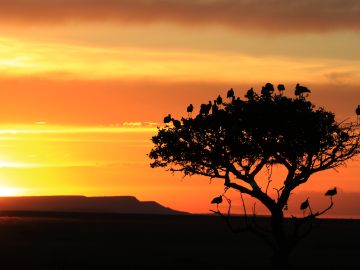
African Natural Beauty
From the volcanic slopes of Kilimanjaro to the highland plateaux of the Simien Mountains, Exodus has cultivated an array of adventures which showcases the continent’s stunning display of native plant life.
Nature of Africa
Madagascar- Giant Baobab
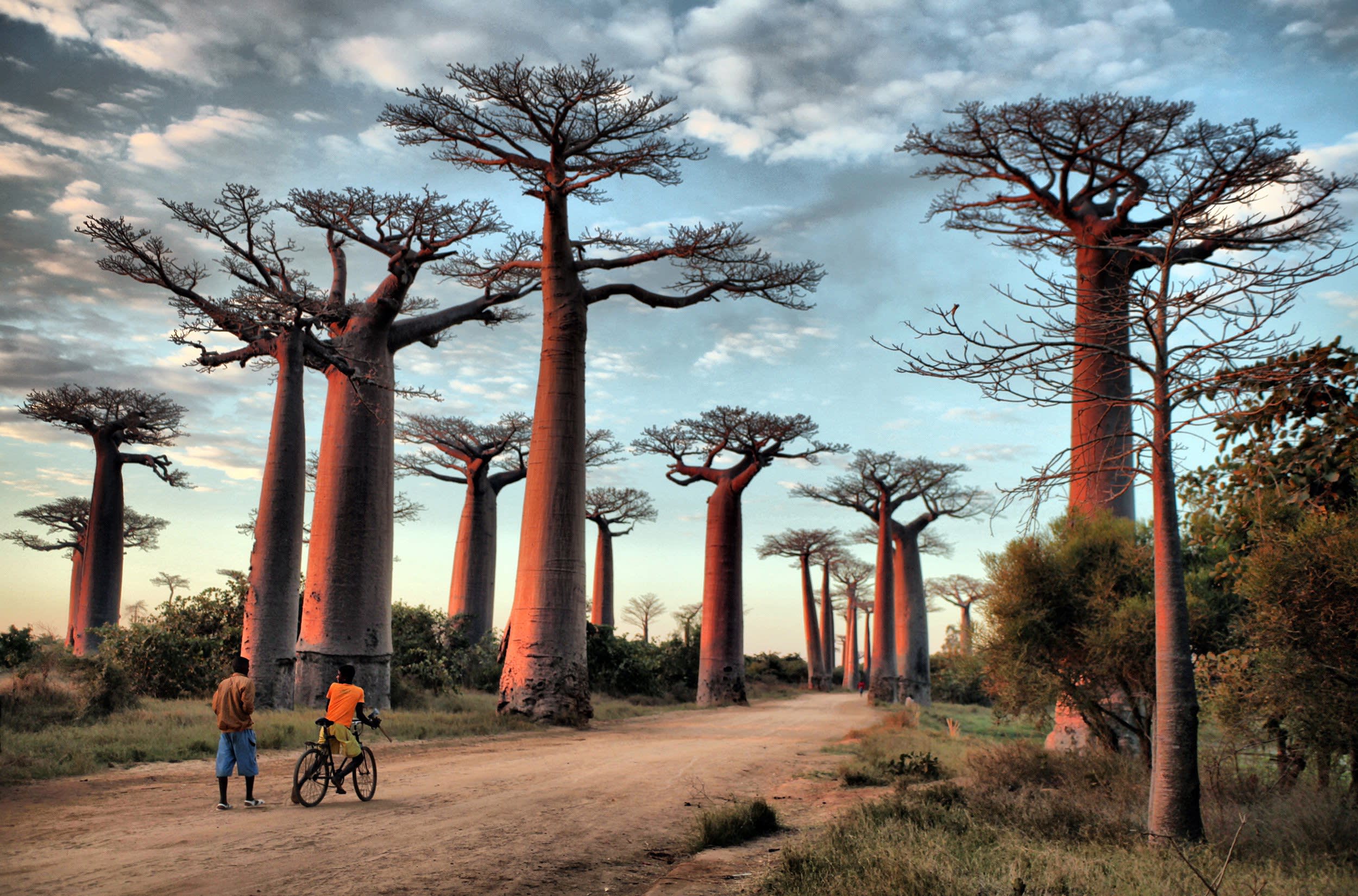 Giant Baobab
Giant Baobab
They’ve survived in part, in part, because of their usefulness. As the forests were cleared for agriculture and urban sprawl, they’ve been preserved thanks to their nutritious and vitamin-packed baobab fruit, now considered a ’super-food ‘ by health food fanatics.
But they’re respected too: there’s a tangible, almost spiritual presence to standing beneath a towering Baobab – and it’s true to say it’s a feeling shared my Madagascans. They believe these massive trees hold the spirits to the dead.
Take me there:Madagascar trips
South Africa – The Fynbos
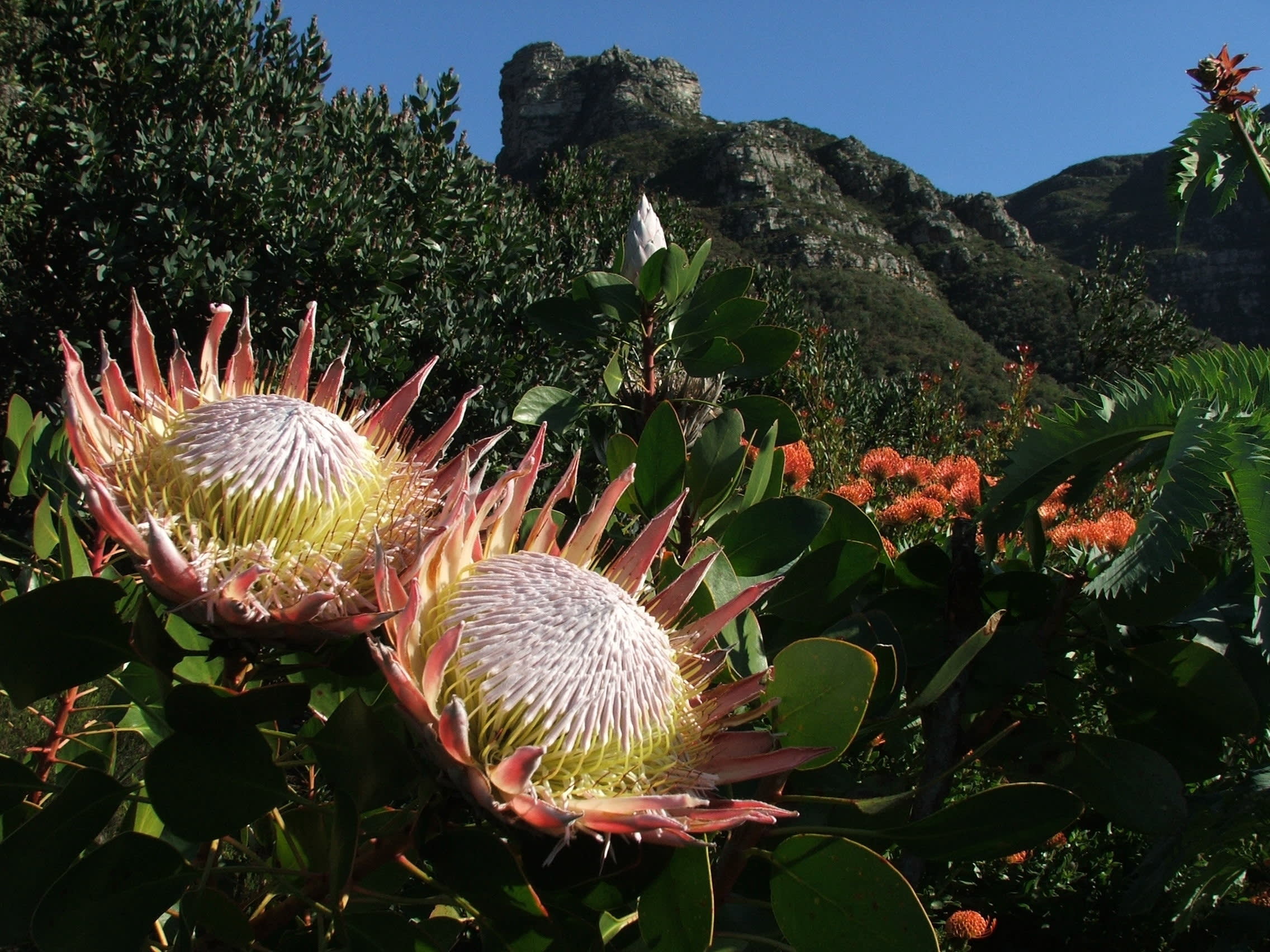 The Fynbos
The Fynbos
South Africa’s Cape peninsula is more botanically diverse than a rain forest. Although first looks can be deceptive, a low-lying carpet of small, densely packed shrubs, flowers and bushes, its sheer diversity of the fynbos that most amazes.
Of the 9000 plant species found here, the vast majority are native and found nowhere else on earth.
A region of mountain slope, lowland valley and coastal plain, the fynbos is one of the world’s ‘ six floral kingdoms’, but it’s also its smallest at just 1000km to 200km wide (other kingdoms are as large as the entire North American coast.) Look closely and you’ll be rewarded with a world in miniature: of finely branched plants perfectly adapted to thrive in poor soils, of vivid pink sugarbush proteas whose nectar is harvested for syrup and delicate heathers.
Some of the world’s best-loved cut flowers -gladioli, freesias and agapanthus – bloom here too. In spring, geraniums and pelargoniums splash the slopes with colour and fill the air with their heady aromas.
Take me there: South Africa trips
Kenya – Giant Groundsels
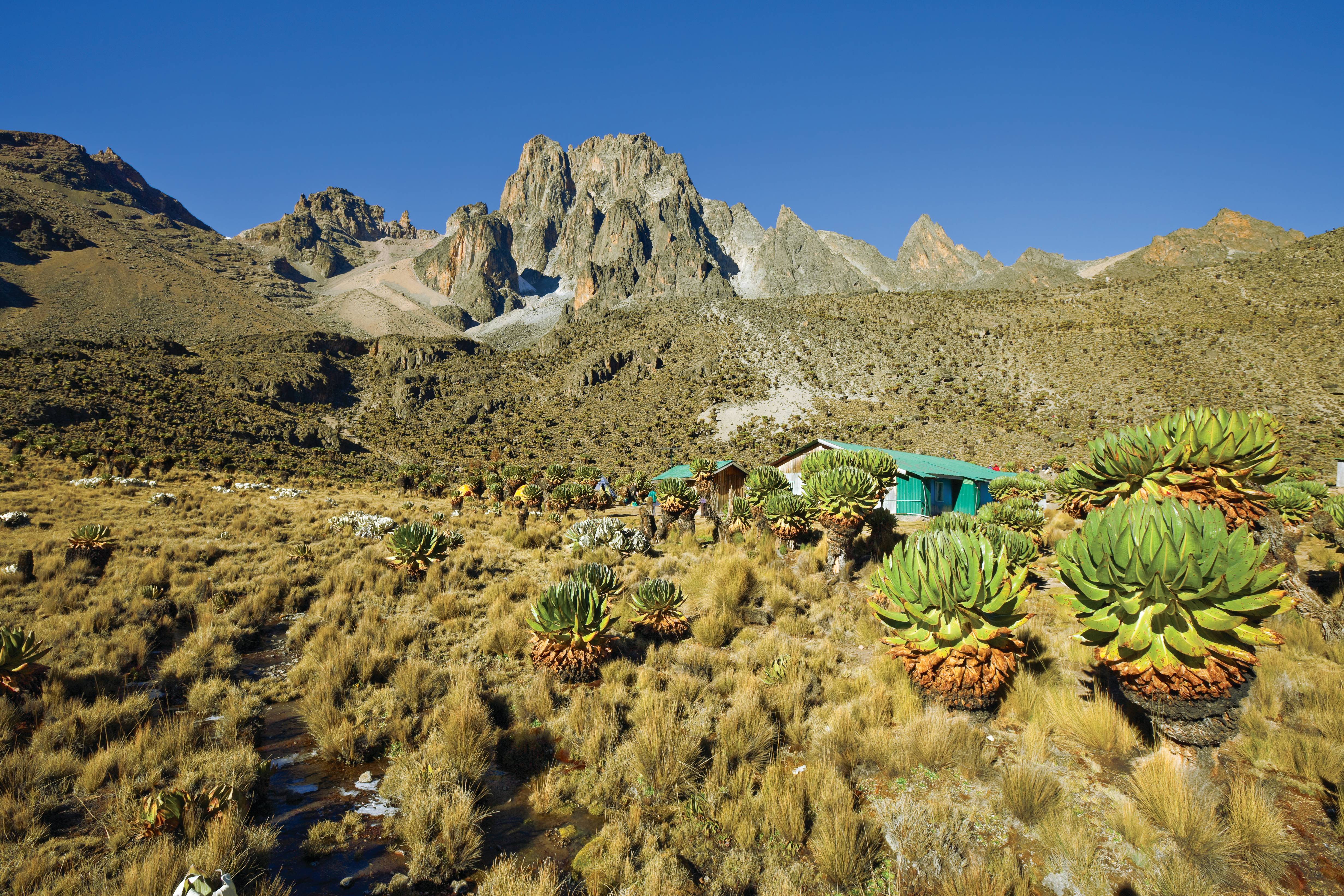 Groundsels
Groundsels
Containing a natural anti-freeze, an internal irrigation system and burnt-looking woody trunks, these alien-looking interlopes are actually distant a relative of a roadside weed you’d easily find on the verges of Hampshire or Harrogate. But here, 14,000 feet above sea level on the slopes of Mount Kenya, it’s mutated into something of a monster – growing up to 20 feet tall.
Look for the distinctive terminal rosette – the only splash of green. As the plant grows, the dead leaves form a protective layer around the trunk, like lagging your pipes against the onset of winter. It’s evolution as its most eco-friendly.
Tanzania – Impatiens Kilimanjaro
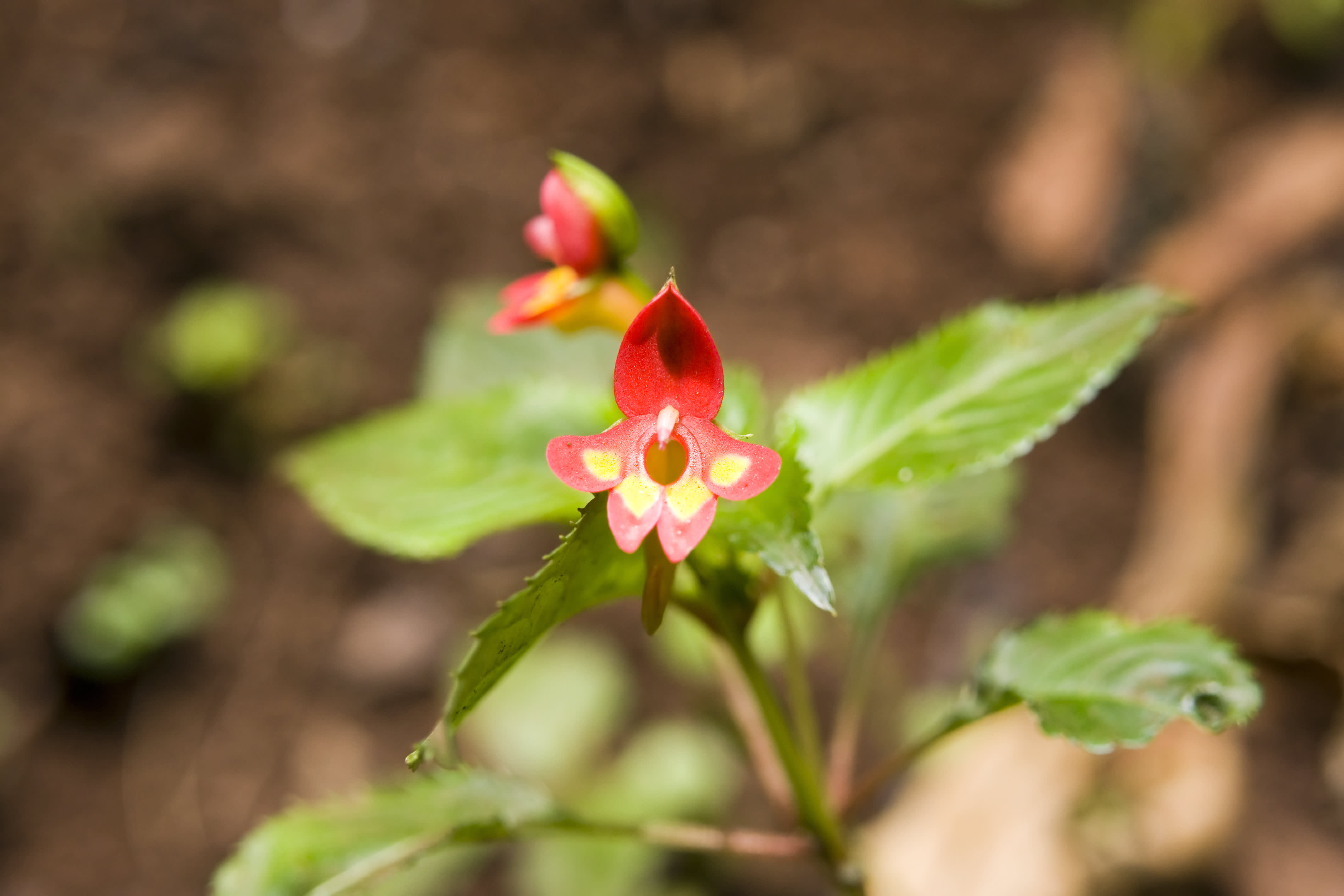 Impatiens
Impatiens
Of all our adventures, nowhere offers more opportunities to experience the subtle shifts of climate and ecosystems as you climb higher. And, as you do, the effect is akin to experiencing four seasons in four days. The forest zone, lying between one and 2,000 meters, has the most rainfall and is home to the greatest variety of plant life.
Here you’ll find the mountains iconic botanical emblem – the shock of red and yellow that is impatiens Kilimanjaro also known as the ‘elephant’s trunk flower’. This dazzling injection of colour seems to light your way through the jungle and forest path, with its inch-long tuba vividly displaying shades of hot pink, rich purple and burnt amber. It’s a real firework of a flower.
Take me there: Kilimanjaro trips
Ethiopia – Red Hot poker
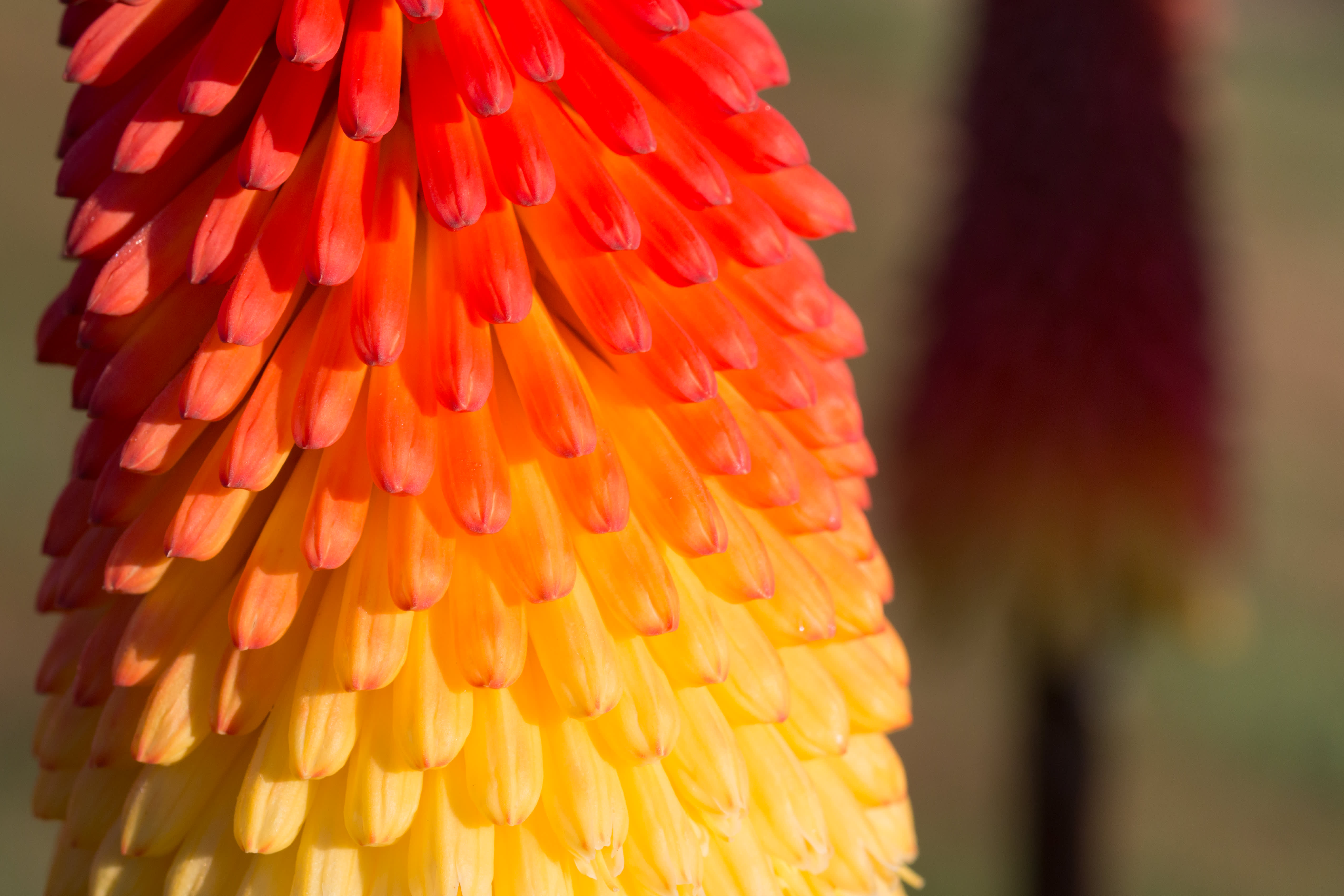 Red hot poker
Red hot poker
The flora of Ethiopia’s simian mountains is exceptionally – perhaps surprisingly – diverse. One of Africa’s most dramatic mountain landscapes forms the backdrop for a lush and startling array of endemic species finding their comfort zones within the regions’ steadily ascending altitudes: climbing from 1,800 meters to 4,000 meters.
The higher Afro-alpine communities (of 3,000 meters and above) are home to the joyous pop of colour of the red-hot pokers (Kniphofia spp.) Not surprisingly, the plants are named after their spear-like orange and red flowers. They’re related to the aloe family, and their sweet nectar fuels the country’s bee industrious during the rainy season. And it has to be said, they look great in a British herbaceous border too!
See our trips below and witness the African natural beauty for yourself.